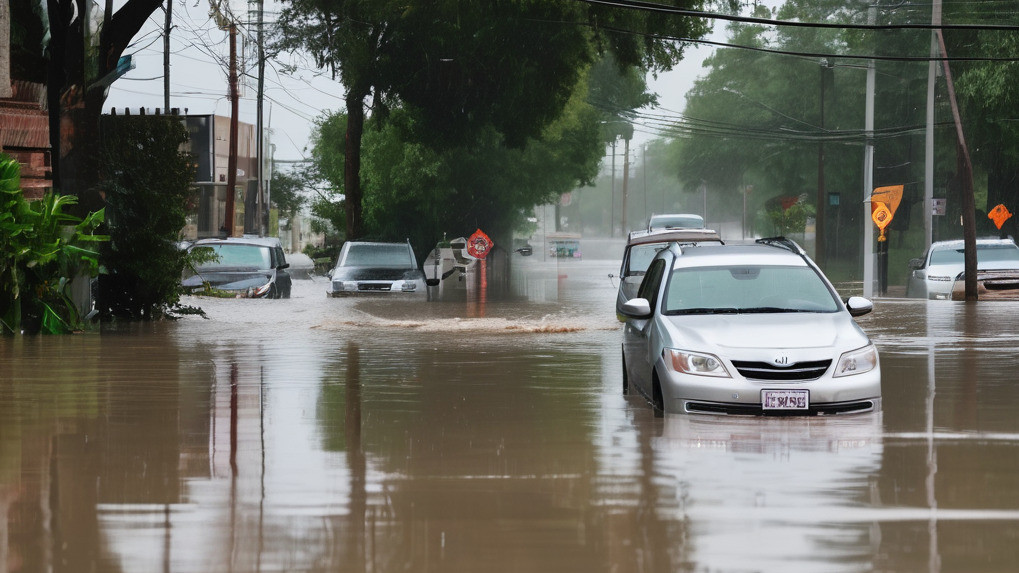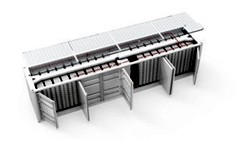The electrical grid is the backbone of modern life, supplying juice to our homes, businesses and critical systems. But this complex web faces many threats that can knock out power. From cyberattacks to natural disasters to equipment failure, it's vital we find and address any vulnerabilities to keep the grid resilient.
In this article, we'll look at key steps for checking the grid for weak spots, and smart ways to shore it up. The goal is to keep the lights on and avoid blackouts that disrupt our lives and economy.

Knowing what makes the grid vulnerable
To effectively find and tackle grid vulnerabilities, we need a clear picture of what might threaten it. Trouble can brew from:
- Cyber threats
With the grid's digital links and smart controls, hackers can break in, disrupt systems, and access data. - Natural disasters
Storms, flooding Deluge in Dubai: Lessons for Utilities from the Downpour, quakes, fires and more can damage equipment and wires, causing widespread and long-lasting outages.
Deluge in Dubai: Lessons for Utilities from the Downpour, quakes, fires and more can damage equipment and wires, causing widespread and long-lasting outages. - Equipment breakdowns
Ageing gear, poor maintenance and malfunctions can trigger failures that ripple through the whole grid.
Assessing the grid's weak points
To detect vulnerabilities, we need to thoroughly check the grid system. This involves:
- Risk analysis
Carefully study potential threats and impacts. Estimate how likely they are and how bad it could get. - Asset mapping
Inventory equipment like substations, transformers and transmission lines. Pinpoint critical components prone to problems. - Threat modelling
Simulate cyberattacks, storms and other possible scenarios. See where the grid is most exposed. Target fixes there.
Fixing what's broken
Once vulnerabilities become visible, we can reinforce the grid. Some key strategies:
- Better monitoring
Use sensors and real-time data tools to quickly spot anomalies and threats. Respond fast to prevent worse disruptions. - Harden infrastructure
Physically strengthen weak points. Improve cybersecurity. Build in backups to limit failures. - Share information
Grid operators, government and industry must collaborate. Swap data, best practices and lessons learned to boost resilience. - Training and planning
Hold regular drills to equip grid staff and emergency crews with skills and knowledge to handle vulnerabilities and minimize impacts.
Looking ahead
As technology evolves, new trends and challenges emerge around securing the grid:
- Grid modernization
Smarter tech like sensors and internet-connected devices bring risks. Cybersecurity needs to keep pace. - Resilient design
Decentralized power, microgrids and energy storage can make the grid more flexible and robust. - Policy and regulation
Government rules need to encourage investment in resilience, cybersecurity and data sharing.
Takeaway
Finding and fixing the grid's weak spots is essential for keeping power flowing to our homes and economy. By fully understanding threats, thoroughly checking vulnerabilities, and taking the right steps to strengthen the grid, we can keep the lights on in the face of growing challenges. Teamwork and planning will be key as new risks emerge in our increasingly complex, connected world.
If you have any inquiries or need information about how our CLOU products can support you in identifying and mitigating vulnerabilities in the grid, please do not hesitate to reach out to us Contact Us. We are here to assist you and welcome your valuable thoughts and comments.
Contact Us. We are here to assist you and welcome your valuable thoughts and comments.
Until then, keep shining bright like a solar panel on a sunny day!
Editor's note: This article was originally published in June 2024 and has been updated for comprehensiveness.







All comments are moderated before being published. Inappropriate or off-topic comments may not be approved.